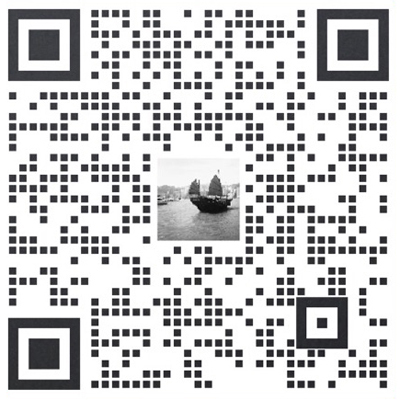How to choose the interface of industrial camera?
Source:Shenzhen Kai Mo Rui Electronic Technology Co. LTD2020-06-03
Before understanding the data interface, let's first understand what an industrial camera is. The definition of an industrial camera is a key component in a machine vision system. Its most essential function is to transform optical signals into orderly electrical signals. Choosing the right camera is also an important part of the design of a machine vision system. The choice of a camera not only directly determines the resolution and image quality of the collected images, but is also directly related to the operating mode of the entire system. And to transfer the image collected by the camera, it needs to be realized through the interface of the camera, and the image data is transferred to our equipment.
The interface of industrial camera is divided into: USB2.0/3.0, 1394a/1394b, CamerLink, Gige, CoaXPress and other types of interfaces. Let's analyze the advantages and disadvantages of various interfaces below.
1. USB interface
l USB1.0: Released in 1996, the transmission speed is 1.5Mbps.
l USB1.1: Released in 1998, with a transmission speed of 12Mbps, used in USB mice, keyboards, home scanners, etc.
l USB2.0: Released in 2000, the transmission speed is 480Mbps, the communication distance is 5m, and 80% of the bandwidth is used for image transmission.
l USB3.0: Released in 2008, the transmission speed is 4.8Gbps, the communication distance is 10m, and 80% of the bandwidth is used for image transmission.
USB interface features
It supports hot plugging, convenient use, unified standards, multiple devices can be connected, and the camera can be powered by a USB cable.
USB limitations
There is no standard protocol, master-slave structure, high CPU usage and no guarantee of bandwidth
2. IEEE1394----Firewire interface
l 1394a: Released in 1995, the transmission speed is 400Mbps, and the communication distance is 4.5m. Mainly used in the field of video transmission.
l 1394b: Released in 2002, the transmission speed is 800Mbps, and the communication distance is 4.5m. Mainly used in the field of video transmission.
1394 interface features
High speed, support hot swap, real-time data transmission, adopt bus structure, plug and play.
3. Camerlink interface
l The digital image signal communication interface protocol introduced by the AIA Association is a serial communication protocol.
l Adopt LVDS interface standard, with fast speed, strong anti-interference ability and low power consumption.
l Developed from Channel link technology, added some transmission control signals on the basis of Channel link technology, and defined some related transmission standards.
l The protocol uses MDR-26-pin connector.
CamerLink interface features
High speed, bandwidth up to 6400Mbps, strong anti-interference ability and low power consumption.
4. Gige Gigabit Ethernet Interface
l Created and promoted by AIA (Automatde Imaging Association).
l It is a camera interface standard developed based on the Gigabit Ethernet communication protocol.
l Suitable for industrial imaging applications, uncompressed video signal transmission through the network.
l The first standard to use inexpensive cables to transmit images over long distances
Gige interface features
l Good scalability, the longest transmission data length can be extended to 100m (can be extended indefinitely on broadcast equipment)
l The bandwidth is up to 1Gbit, so a large amount of data can be transmitted instantly
l Standard NIC card can be used (or installed by default on PC)
l Economical, cheap cables can be used (common Ethernet cables (CAT-6) and standard connectors can be used
l Can be easily integrated, and the integration cost is low
l Manageability and wide application
5. CoaXPress
l CoaXPress is an asymmetric high-speed point-to-point serial communication digital interface standard
l Transmission speed up to 6.25Gbps
l Transmission distance exceeds 100m
CoxXPress interface features
l Large data transmission volume and long transmission distance
l Optional transmission distance and transmission volume:
l From 50m@6.25Gbps to 170m@1.25Gbps
l Low price, easy integration, support hot swap
Industrial camera interface summary
Currently in machine vision, the most widely used interface is the Gige (Ethernet) interface. The Ethernet interface has great advantages over other interfaces in terms of transmission speed, distance, and cost. The picture below shows the QR code detection of the machine vision system. The camera interface (yellow line) used is the Ethernet interface.
Related News
TVI vs CVI vs AHD vs CVBS vs SDI Security Cameras
2021-06-03CCD and CMOS image sensor shutter
2020-09-12Camera serial communication protocol
2020-09-05- 2020-08-29
How to calculate 720P/1080P/2K/4K/8K?
2020-08-22The working principle of image sensor
2020-08-15






 +8613798538021
+8613798538021